Research psychologist and NASA scientist Steve Casner doesn’t believe accidents are unavoidable – he calls them “preventable injuries.” He explains how human psychological vulnerabilities contribute to car crashes, accidents, mistakes and close calls. Casner says you can avoid most trips to the emergency room by considering what could go wrong and adopting strategies to be more careful. His dry sense of humor, conversational style and relatable case studies make this safety guide eminently readable, even though readers might want more practical advice. getAbstract suggests it for the worriers, klutzes, risk-takers and daredevils in your life.
The Not-So-Good Old Days
In the recent past, people didn’t wear seat belts. They warmed their homes with kerosene space heaters, worked in construction without helmets or safety harnesses, rode untethered in the back of pickup trucks and killed head lice by pouring gasoline on children’s scalps. One in 20 people died in an “accident” of some sort. The addition of safety devices such as childproof caps on pill bottles, smoke alarms and seat belts prevented countless common accidents or limited their harm. This reduced accidents so that by 1992, the number of fatalities due to preventable incidents became one in 40. Yet, safety statistics have changed little since then. “Today we are back to the safety record we had 30 years ago, and we seem to be stuck with it.”
The first step in avoiding accidents is understanding where pitfalls and obstacles lurk. Experts in injury prevention report that most accidents occur due to common psychological slipups. Human beings share six major vulnerabilities that contribute to injuries and accidents:
1. “Paying Attention”
In 2014, distracted drivers in the United States caused 1,...









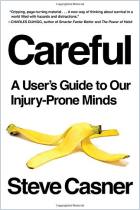
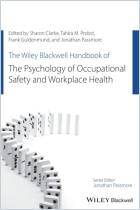
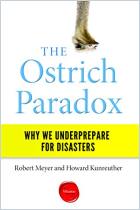
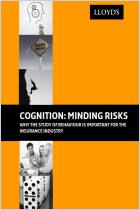
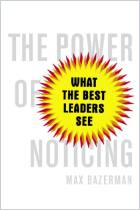
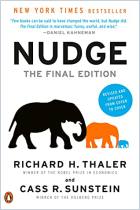







Comment on this summary or Start Discussion